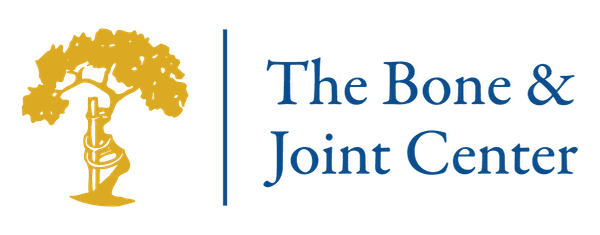Stress Fracture - Leg and Foot
Introduction
Anatomy
Stress fractures also tend to occur in certain bones in the feet. Stress fractures commonly occur in the heel (calcaneus), the midfoot (navicular bone), and second and third metatarsals. The metatarsals are long bones in the forefoot that attach to the toes.
Causes
People that begin a strenuous exercise routine before they are conditioned or over train to the point of significant fatigue are at risk for stress fracture. Using improper form during exercise or sports or inadequate sports equipment and shoes can cause stress fractures. Dancers, military members in initial training, and athletes that participate in high impact sports are at risk for stress fractures because of jumping, running, and marching.
Females have a higher risk because of the effects of hormones on muscles and ligaments. Tall people, those with leg length discrepancies, and cigarette smokers also have a higher risk. Some people have an inherited predisposition for stress fractures.
Symptoms
Diagnosis
Treatment
Surgery
Surgery is used for select fractures that do not otherwise heal, or in areas that typically heal more slowly. Surgical hardware, such as screws or fixation devices, is placed internally to position the bones while they heal. Bone grafting may be used in some cases.
Recovery
Prevention

Copyright © - iHealthSpot Interactive - www.iHealthSpot.com
This information is intended for educational and informational purposes only. It should not be used in place of an individual consultation or examination or replace the advice of your health care professional and should not be relied upon to determine diagnosis or course of treatment.
The iHealthSpot patient education library was written collaboratively by the iHealthSpot editorial team which includes Senior Medical Authors Dr. Mary Car-Blanchard, OTD/OTR/L and Valerie K. Clark, and the following editorial advisors: Steve Meadows, MD, Ernie F. Soto, DDS, Ronald J. Glatzer, MD, Jonathan Rosenberg, MD, Christopher M. Nolte, MD, David Applebaum, MD, Jonathan M. Tarrash, MD, and Paula Soto, RN/BSN. This content complies with the HONcode standard for trustworthy health information. The library commenced development on September 1, 2005 with the latest update/addition on February 16, 2022. For information on iHealthSpot’s other services including medical website design, visit www.iHealthSpot.com.

